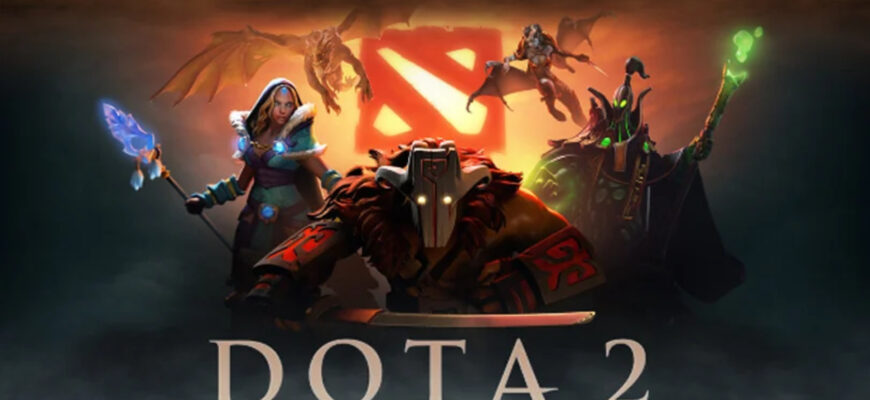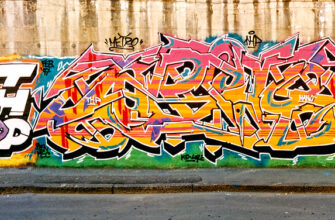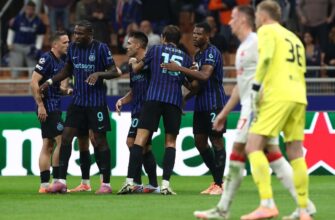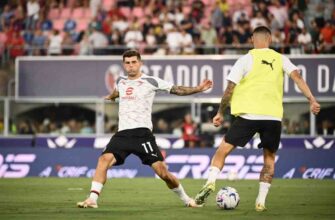In the ever-evolving, yet sometimes frustrating, landscape of competitive gaming, silence from developers can often breed dissatisfaction. Recently, Alexander `Nix` Levin, a prominent figure in the Dota 2 streaming community, voiced a sentiment that resonates deeply within the player base: a growing frustration with the perceived lack of significant updates and the ensuing stagnation of Valve`s flagship MOBA.
The Post-TI Patch Drought: An Unsettling Calm
The International (TI), Dota 2`s pinnacle annual tournament, has historically served as a catalyst for sweeping meta-changes. Players and spectators alike anticipate the substantial balance patches that traditionally follow, designed to refresh strategies and introduce novel gameplay dynamics. However, weeks after the grand conclusion of the latest TI, the game environment remains remarkably consistent, almost eerily so.
“Every person who plays `Dota` right now sits for days watching Earthshaker and Sand King `do things` to them. How long has it been, two weeks after `Int`? Can`t they just make a letter patch where they nerf two buttons on someone?”
— Alexander `Nix` Levin
Nix`s candid remarks underscore a widespread sentiment of ennui. The sustained dominance of specific heroes, the absence of meaningful balance adjustments, and a development cycle that appears to be in a holding pattern have contributed to a palpable sense of stagnation. This isn`t merely about tweaking numbers; a stale meta erodes competitive integrity, dampens player engagement, and poses a threat to the game`s long-term vitality.
Beyond Hero Balance: A Litany of Concerns
The plea for new patches extends beyond simple hero adjustments, touching upon a spectrum of issues that, for many, signify a broader inattention to the game`s health:
- Stagnant Game Economy: The observation that “farming is more profitable than killing” highlights a fundamental imbalance. When aggressive, strategic plays consistently yield less reward than passive resource accumulation, the game risks becoming predictable and less dynamic, favoring a monotonous grind over exciting skirmishes.
- Absence of Seasonal Resets: For a competitive title, regular MMR (Matchmaking Rating) resets or seasonal structural changes are vital. They offer fresh starts, provide renewed motivation to climb the ladder, and acknowledge competitive milestones. Their continued absence can lead to a feeling of an endless, unrewarding climb.
- The Anti-Cheat Conundrum: The ongoing battle against cheaters, coupled with reports of “bugged item duplication,” systematically erodes the foundational trust players place in the game`s integrity. When the competitive landscape is compromised by external exploits, the appeal of ranked play inevitably diminishes.
- The “Three-Year Patch” Exaggeration: While an obvious hyperbole, Nix`s assertion that “we`ve been playing on the same patch for three years” powerfully conveys the pervasive feeling of a prolonged, unchanging meta, where core strategies and dominant hero compositions remain largely undisputed. It’s a testament to the game’s complexity that such a feeling can persist without actual gameplay stasis, yet it highlights a critical perception gap.
Valve`s Enigmatic Silence: A Double-Edged Sword
Valve`s development philosophy for Dota 2 has historically favored deliberate, often slow, iteration. This approach has, at times, led to meticulously crafted updates and robust, well-tested changes that profoundly reshape the game. However, in an era characterized by rapid content cycles and continuous player engagement, this measured pace can be misinterpreted as indifference or a lack of priority.
The crucial question then becomes: Is this period of quiet a precursor to a monumental, game-defining update, meticulously planned and comprehensively tested? Or is it a symptom of stretched resources, shifting company priorities, or perhaps an underestimation of the community`s need for consistent engagement?
The irony, as Nix himself points out, is that despite these profound frustrations, “the game is awesome, it still lives.” This enduring appeal speaks volumes about Dota 2`s foundational design – a complex, rewarding, and endlessly replayable experience. Yet, even the most robust foundations require consistent maintenance and occasional renovation to prevent decay and ensure continued vibrancy.
The Road Ahead: A Call for Responsiveness and Renewal
Nix`s pragmatic advice for lower-MMR players – “notice patterns in your actions and play a small pool of heroes” – inadvertently highlights the very problem he critiques. In a truly dynamic and healthy game, adapting to shifting metas and mastering a diverse hero pool should be paramount. When consistent success hinges on exploiting unchanging patterns, it suggests a deeper issue within the game`s competitive environment.
The collective voice of the community, amplified by influential figures like Nix, serves as an invaluable feedback mechanism for developers. While major, transformative patches naturally demand significant development time, smaller, more frequent balance adjustments – the “letter patch” Nix alluded to – could go a long way in acknowledging player concerns and signaling an active development presence. Dota 2 has always thrived on its ability to evolve. To maintain its legendary status and to rekindle the excitement that defines its esports legacy, a responsive dialogue with its dedicated player base and a renewed commitment to dynamic gameplay are not merely desirable, but unequivocally essential.






